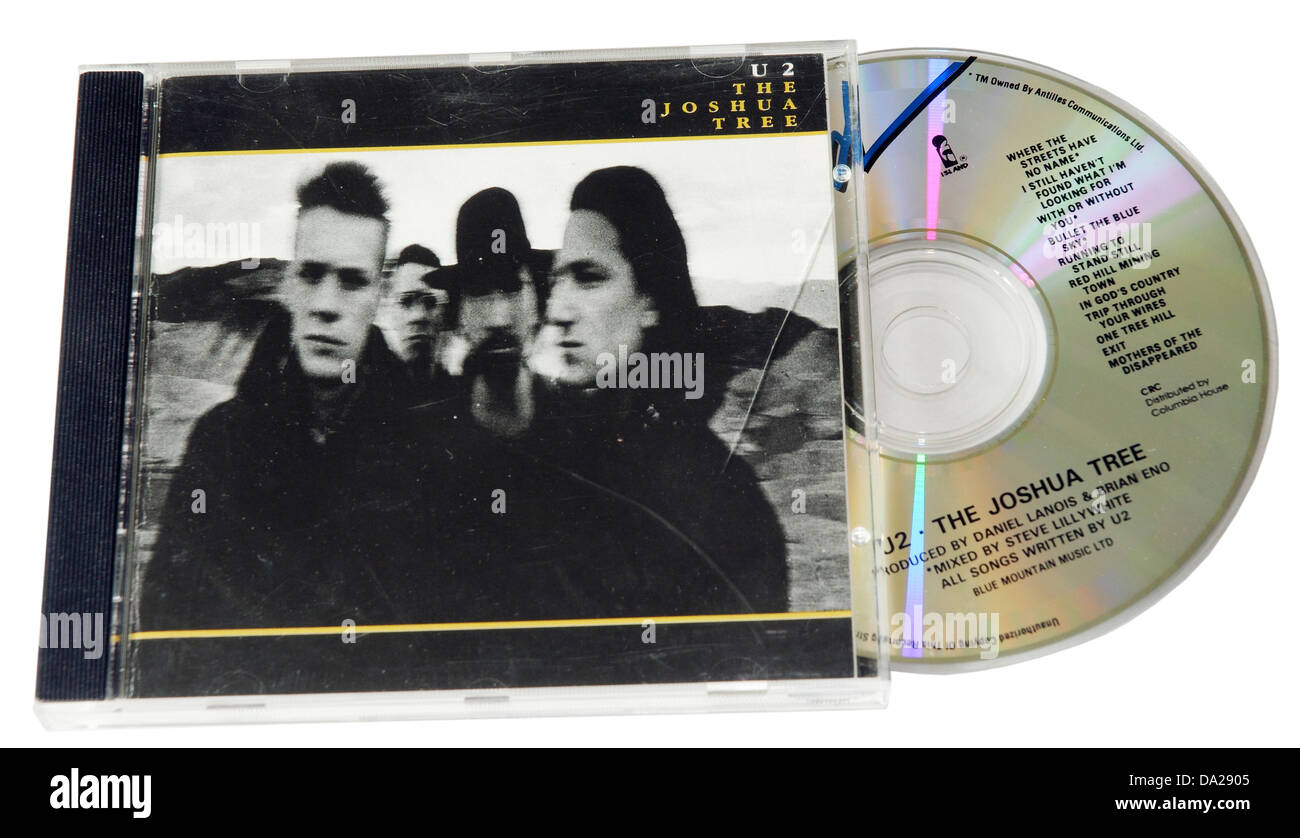
Yet people were still seeking out its desolate resting place. Looking around us, the decaying yucca is literally in the middle of a windy nowhere with a view of the white-peaked Sierra Nevada in the distance. Guitars, symbols, signs and even human bones surround the fallen tree trunk.

The protective case was filled with treasures left by pilgrims past, among more sizeable tributes to the band. That reflection came from a metal case marked “U2” inside the outline of a heart. It could have been rubbish, but as we followed a dry creek bed into the expansive plain, we knew it had to be the spot. A sharp reflection that could not come from anything natural in the desert. Yet, scanning the horizon we saw an unnatural glint. The scraggly centenarian blew over in 2000, complicating the hunt for its location. Thirty-three years later, armed with GPS coordinates and vague instructions we went in search of the old Tree. One of those images became the centrefold of The Joshua Tree album sleeve, a record that has sold in excess of 25 million copies.

The band trekked a quarter-mile from the roadside to snap a few quick photos before filing back onto their LA-bound bus.

As The Edge described in the autobiographical U2 by U2, “It felt right to follow the music and lyrics into the landscape we had tried to conjure up and shoot our cover in the desert.”įollowing California Route 190, Corbijn spotted this lonely Joshua with its chaotic limbs.


 0 kommentar(er)
0 kommentar(er)
